With the development of the Southern Ring Railway, several new underpasses will be built under the embankment. The overpasses on which the old two-track railway runs will also be renovated. These will have to be rebuilt not only because they are old, but because the railway line will have three and in some places four tracks.- Two new special bridge structures will also be built. The new railway bridge over the Danube (which is actually three bridges next to each other) is not one of these. Those passing over Bartók Béla Road and Soroksári Road are the new developments. Each will be an interesting new structure.

Bigger, wider, more modern, but its principle is the same as the current bridge. Picture of the future Bartók Béla Road overpass (Photo: Facebook/Dávid Vitézy)
First, the bridge over Bartók Béla Road. PestBuda has already detailed the history of the current bridge, but now the plans for the new bridge have been published.
There are several similarities with the old one. The new one, like the old one, is a durable bridge. The structure is a cross between an arch bridge (like Margaret Bridge) and a beam bridge (such as Árpád Bridge). However, in this case, the arch is not below the track but above it, and the beam structure connects the two lower endpoints of the arch. Why is this a good option? The arches transfer the load outwards, i.e., they are pushed open, so such bridges need to be strongly supported at both ends.
If this does not happen or the support is not strong enough, serious problems can occur. This is eliminated by connecting the two lower endpoints of the arch, in which case the arch cannot open. The idea is not new; in fact, it is more than 400 years old. It appeared in 1616, in the book Machinae Novae by Faustus Verancsics, the former castle captain of Veszprém, Bishop of Csanád. Károly Maderspach built the first iron bridges with a similar structure in the 1830s.
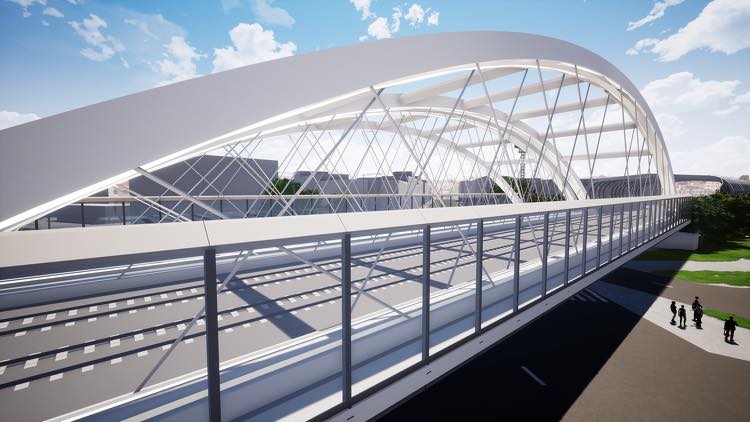
The noise barrier will be a part of the bridge (Photo: Facebook / Dávid Vitézy)
The new bridge over Bartók Béla Road will use a long-known technical solution but is basically the same as the current one. The specialists of Specialterv Ltd, the designers of the bridge, did, of course, bring a few novelties into the existing design. One is that there will be two bridges. The four tracks will be divided between two identical bridges. The double bridge will cross Bartók Béla Road spanning 93 meters, much larger than the current 67-metre bridge. Two tracks per bridge will be constructed. Looking over the past decades in Hungary, this is a new approach.
A significant change will be the continuation of the noise barrier across the bridge. According to the visuals, the designers chose a transparent solution to retain the image of the bridge.
The structure's side view will also be different: the upper arch and the lower track will not be connected by straight rods but by oblique cables that intersect relatively densely. The experts call it a “network” system because the cables form a web. This not only has aesthetic benefits, despite looking more exciting but also increases the bridge’s strength. The significantly increased free space under the bridge makes the connection between Bartók Béla Road and Tétényi Road more open. The designers envisioned a real square for which the new bridge will offer more space.
A new bridge will also be built at Közvágóhíd, on the Pest side of the railway line. It will also be a Langer bridge and actually be a double-bridge.

The bridge will also be the station “building” (Photo: delikorvasut.hu)
However, this structure contains completely different solutions to the one on Bartók Béla Road. Although it will also have a “network” structure, here, the net will not be made of cables but rigid steel elements. The two arches of the railway bridge will also have a translucent roof as it will serve as a new railway. Part of the station will be on the bridge structure itself, i.e., parts of the platforms will be on the bridge. In addition, this structure will be larger than that over Bartók Béla Road. The span of the two adjacent bridges will be 142 meters. An ease-of-access connection with the street level is, of course, being built.
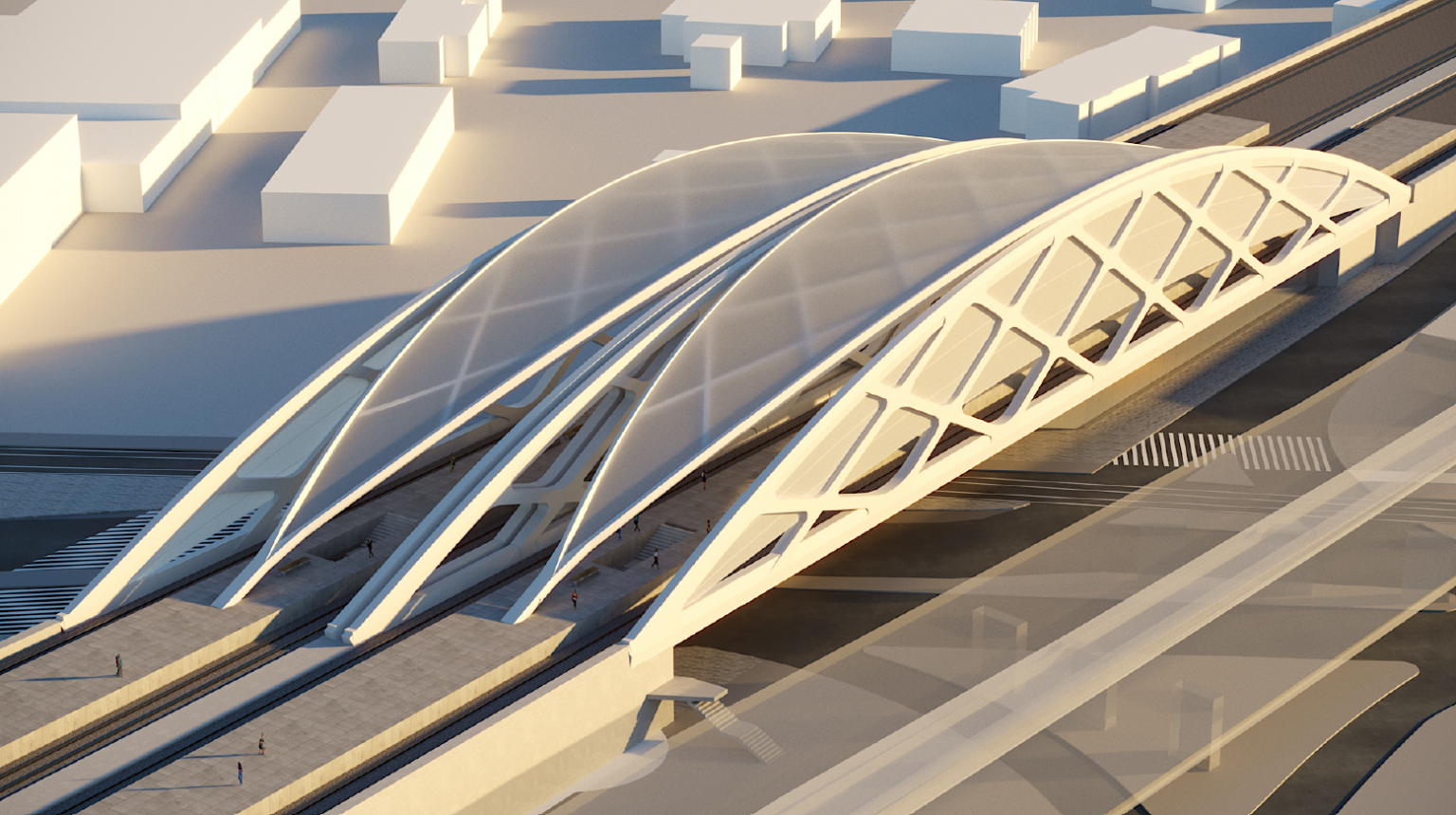
The station planned for Közvágóhíd (Photo: delikorvasut.hu)
Delikorvasut.hu notes the following in connection to the station:
“On the Pest side of the Danube, at the Közvágóhíd stop near Soroksári Road, passengers will be able to reach the connected suburban railway lines H6/H7 (later metro line 5), extended to Kálvin square and trams 2 and 24. The stop will be within walking distance of Müpa, the National Theater, the Danube riverside areas, the housing estates (still under construction), the office buildings and the shopping centre. This stop will have four platforms, and not only suburban, but long-distance trains will be able to stop there.”
The overpass – station – bridge is sure to be an interesting highlight of the Pest section of the railway line.
Cover photo: The new Bartók Béla Road bridge (Photo: Facebook/Dávid Vitézy)

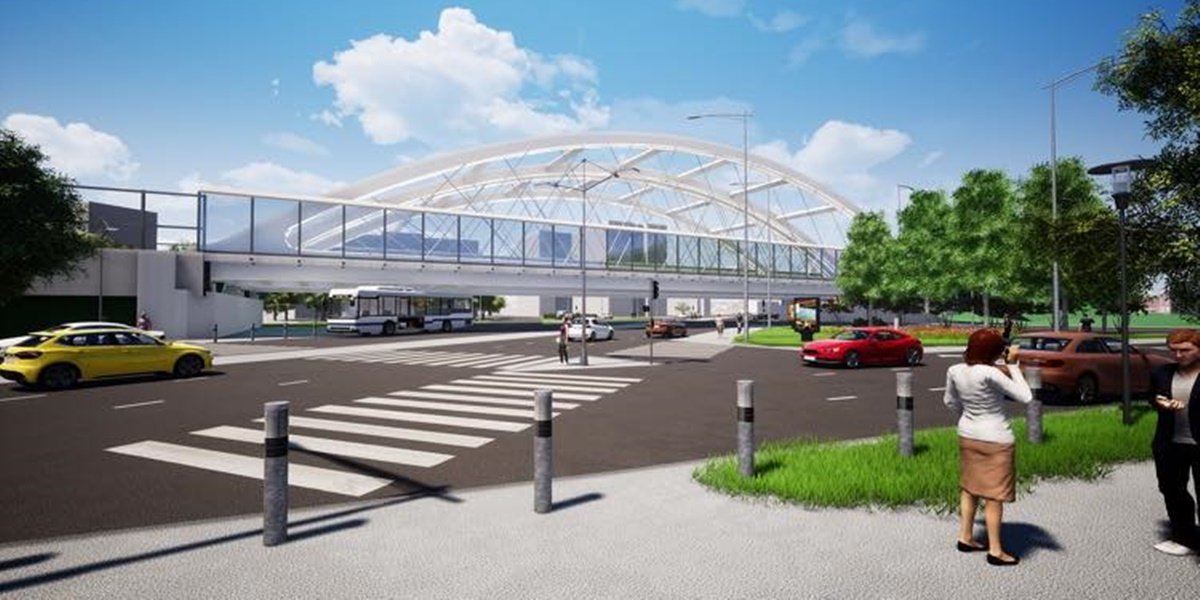

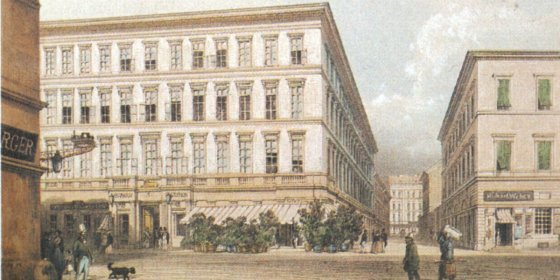
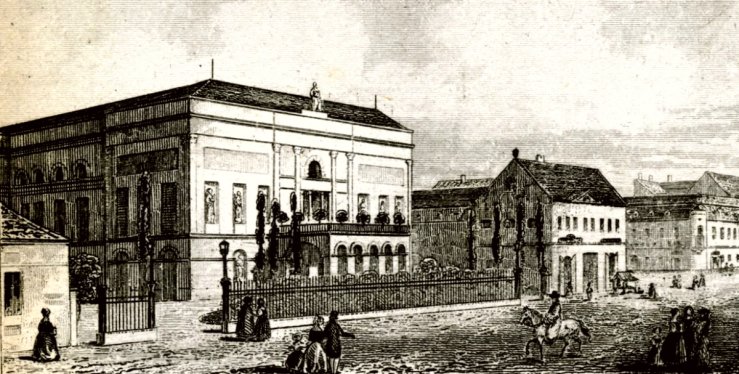
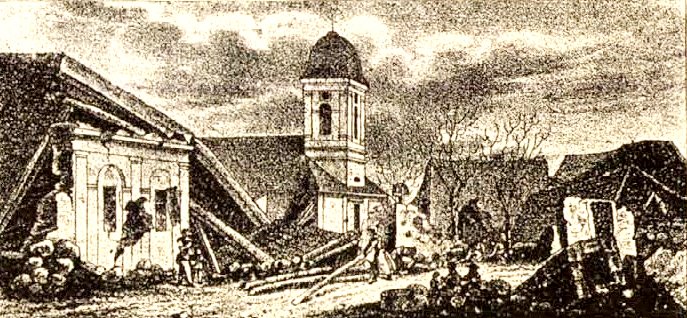

































Hozzászólások
Log in or register to comment!
Login Registration